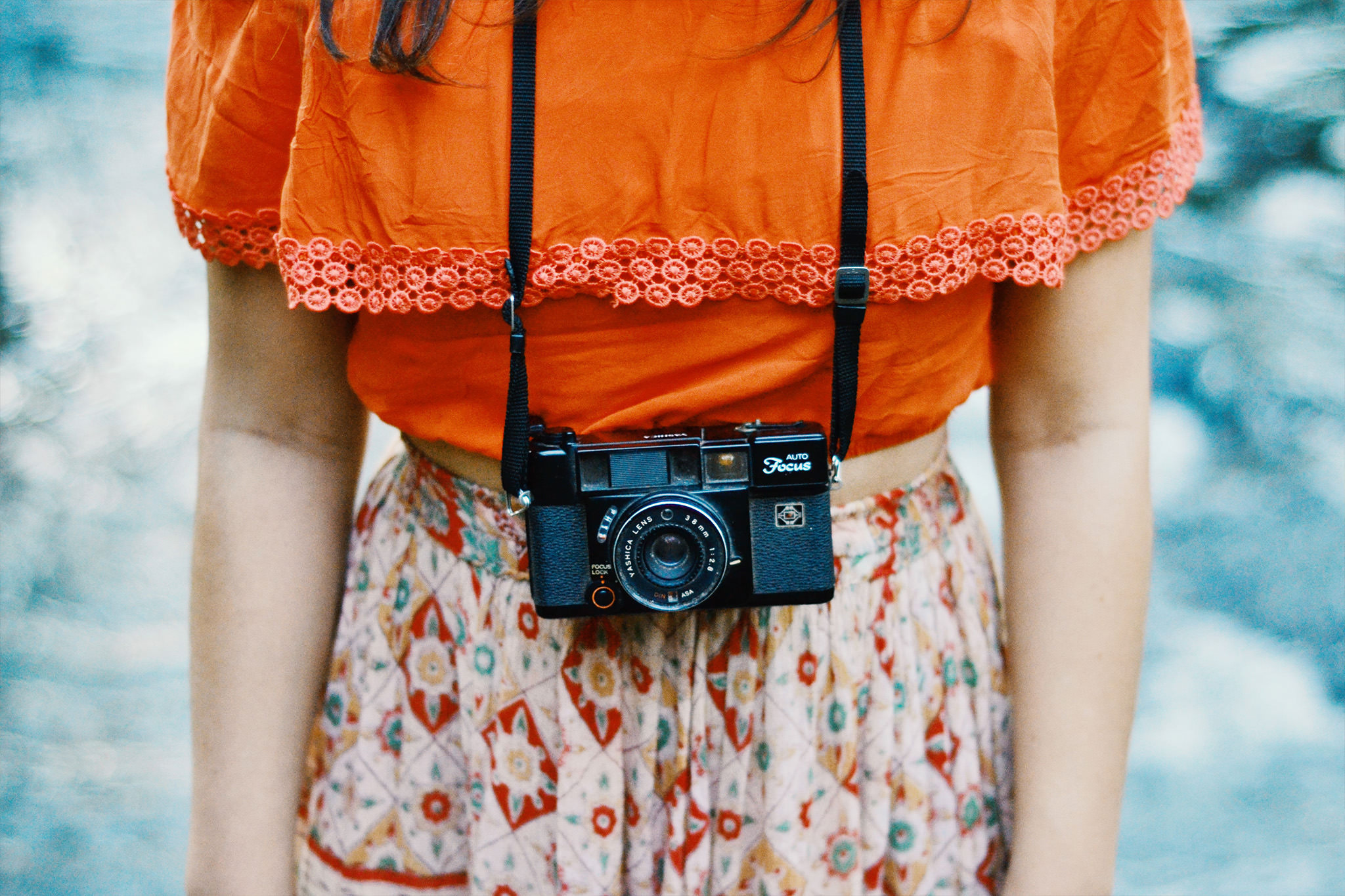The rules are more a guide and tips than actual laws. They are part of Lomography/Lomography. But in the foreground should be the fun of photography. The rules have been changed over time.
The ten rules
1. take your camera with you everywhere.
2. use it at any time of day or night!
3. lomography is not an interruption of your daily life, but an integral part of it.
4. practice shooting from the hip!
5. get as close as possible to the objects of your lomographic desire!
6. Don’t think. (William Firebrace) Think a little and then shoot!
7. be fast
8.You don’t have to know in advance what the outcome will be.
9. after the fact, neither!
10.Forget the rules! Worry about a few rules.
Explanation of the rules
1, Take your camera with you everywhere: If you always have your camera with you, you’ll never miss an opportunity for a great shot. Even if you think the situation might not be particularly photogenic, it might turn out later that this particular snapshot is especially valuable.
Use it at any time of day or night: Take advantage of your camera’s versatility and be open to experimentation. Even in low light or at night, you can get interesting photos that you couldn’t have taken with other techniques.
3. Lomography is not an interruption of your everyday life, but an integral part of it: lomography allows you to look at and discover your everyday surroundings from a new perspective. It’s not about looking for specific photo subjects, but about consciously perceiving the world around you and pulling the trigger at the right moment.
4 By shooting from the hip, you get spontaneous and unexpected shots. This often makes the subject appear more natural and authentic than if they were deliberately positioned in front of the camera.
5. Get as close as possible to the objects of your lomographic desire: by getting close to your subject, you often achieve a better depth of field and thus a higher image quality. It also gives you the opportunity to capture details and subtle nuances that would be lost at a distance.
6. Think a little and then shoot! A moment’s thought before you release the shutter can often make the difference between an average photo and a great one. Think about what perspective or composition will bring out the best in your subject before you press the shutter button.
7. Be quick: Lomography thrives on spontaneous snapshots. You often only have a brief moment to take the perfect photo. That’s why it’s important to act quickly and capture the situation in seconds.
8. You don’t have to know in advance what the outcome will be: lomography is a technique of trial and experimentation. Trust your intuition and be open to unexpected results. Often the best photos come from just going with the moment and shooting without expectations.
9. In retrospect, don’t either: let your shots surprise you and embrace chance. Even though not every photo will be perfect, you can learn something from every shot and improve your skills as a lomographer.
10. Care about some rules: The rules of lomography are not set in stone, but they can help you improve your technique and get the most out of your shots.
